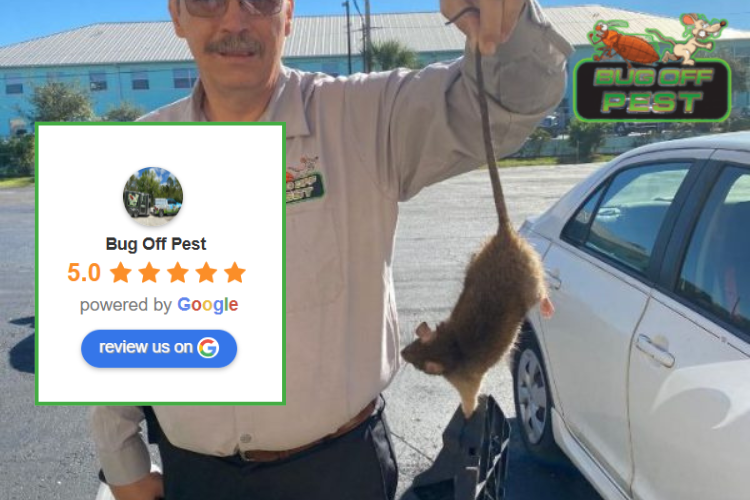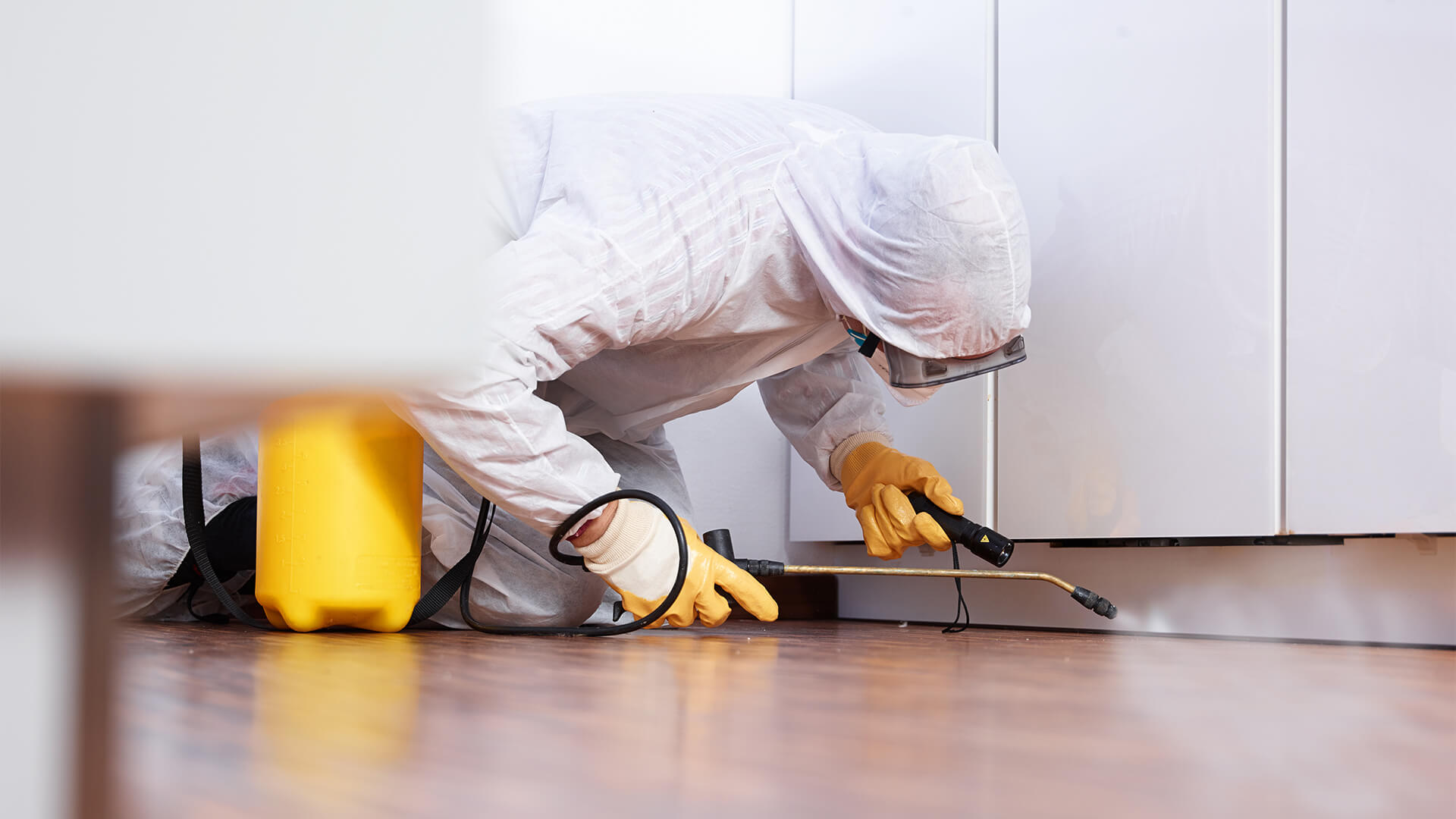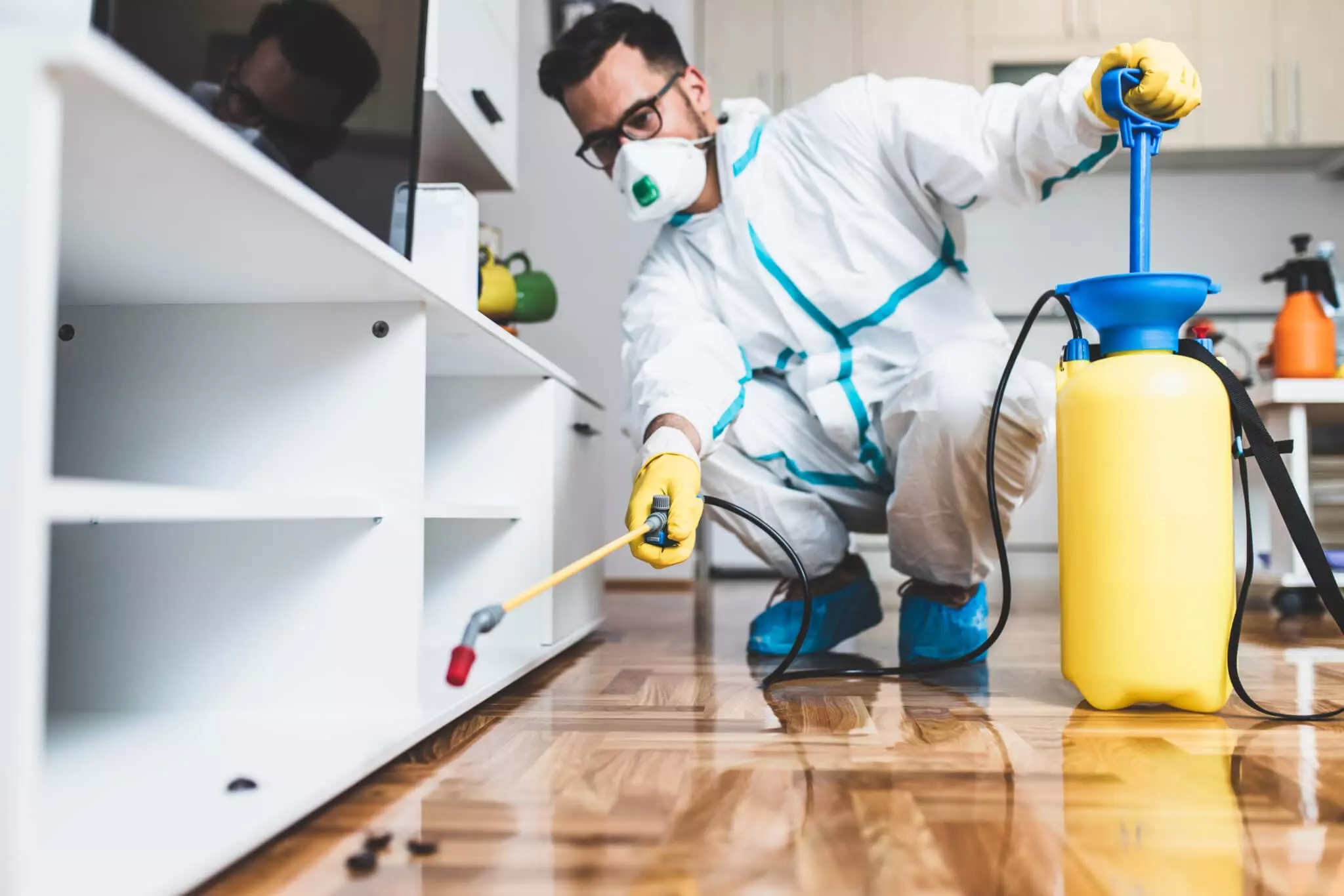Exploring Cutting-edge Methods and Products for Efficient Parasite Control
The landscape of pest control is developing, noted by the development of cutting-edge methods and items created to enhance performance and sustainability. From wise catches equipped with innovative tracking systems to organic techniques that employ natural killers, these advancements provide a standard change in how we approach pest administration. Additionally, environment-friendly chemical choices and pheromone interruption techniques provide targeted remedies that line up with environmental stewardship. As the industry faces these growths, a closer examination exposes not just their implications however likewise the potential challenges that might occur in their application.
Smart Traps and Monitoring Equipments
Exactly how can modern innovation enhance insect monitoring? One significant development is the growth of wise catches and monitoring systems, which provide real-time information and analytics for reliable insect control. These systems utilize sensors and cordless innovation to spot parasite activity, signaling residential property supervisors and pest control professionals to infestations before they escalate.
Smart traps are outfitted with functions such as lure terminals that bring in bugs and capture them efficiently. These traps can be kept an eye on remotely, allowing for prompt interventions and decreasing the requirement for extensive chemical applications. In addition, the integration of device understanding algorithms enables these systems to distinguish in between target bugs and non-target varieties, enhancing the accuracy of bug control steps.
Additionally, the information accumulated from smart traps can be analyzed to determine patterns in insect behavior and ecological elements contributing to problems (Pest Control in Port Charlotte). This details is important for creating targeted parasite monitoring strategies customized to specific settings. By welcoming clever traps and checking systems, parasite control professionals can boost their functional performance and lower the ecological influence of pest monitoring, inevitably causing safer and much more sustainable methods in the industry
Organic Bug Control Methods
Utilizing natural predators and bloodsuckers, organic bug control techniques provide an ecologically pleasant alternative to chemical therapies. This approach involves the introduction or improvement of particular organisms that can normally regulate parasite populations, thus lowering reliance on artificial chemicals. Typical examples consist of making use of ladybugs to manage aphid invasions and parasitical wasps to target caterpillars.

Organic control can be classified right into 3 primary methods: classic, augmentative, and preservation. Timeless organic control includes importing natural opponents from the insect's indigenous environment, while augmentative control involves increasing the population of existing all-natural enemies through launches. Preservation strategies concentrate on developing conditions that sustain these beneficial microorganisms in the ecological community.
The efficiency of biological bug control hinges on comprehending the complicated interactions within ecosystems. It usually needs a comprehensive assessment of pest characteristics and the life cycles of both the parasites and their natural adversaries. While biological approaches might not offer instant outcomes like chemical alternatives, they contribute to long-term insect administration and ecological community wellness. As awareness of ecological problems expands, biological bug control techniques are progressively identified for their lasting function in integrated insect management programs.
Eco-Friendly Chemical Alternatives
Eco-friendly chemical choices offer a sensible option for pest monitoring that lessens ecological influence while effectively regulating bug populations. These choices are stemmed from natural sources and are carefully created to target certain pests without harming helpful organisms, making them a necessary element of lasting bug control techniques.
Among one of the most efficient green options are plant-based insecticides, such as neem oil and pyrethrin, which are stemmed from the seeds and blossoms of different plants. These compounds disrupt the life cycles of bugs, lowering their populaces without the toxic results connected with standard chemicals - Pest Control in Port Charlotte. In addition, vital oils like peppermint and clove oil exhibit repellent properties, better improving their energy in insect monitoring

Moreover, green chemical alternatives usually break down quicker in the atmosphere, decreasing the danger of soil and water contamination. This particular aligns with the increasing consumer demand for sustainable practices in agriculture and metropolitan bug control. As research study remains to development, the development of cutting-edge green formulas will even more improve efficiency and expand application areas, allowing pest management specialists to adopt greener, a lot more accountable approaches in their techniques while safeguarding human health and wellness and the environment.
Pheromone Interruption Strategies
Another cutting-edge approach in sustainable pest management is the usage of scent disruption strategies. These methods manipulate the all-natural chemical signals, or pheromones, that bugs utilize for communication, particularly in mating behaviors. By interrupting these signals, bug populaces can be efficiently handled without turning to dangerous chemicals.
Scent traps are commonly utilized in this why not try these out approach. These catches make use of synthetic variations of insect pheromones to draw male pests, therefore minimizing their ability to situate ladies and duplicate. Over time, this can bring about a substantial decline in parasite populaces. In addition, the launch of repellent pheromones can develop confusion amongst insects, even more hindering their breeding processes - Pest Control in Port Charlotte.

Integrated Parasite Monitoring Techniques
Efficient bug control often this calls for a detailed technique, and Integrated Parasite Administration (IPM) techniques offer a framework for accomplishing this goal. IPM incorporates numerous management practices to lessen bug populations while lowering dependence on chemical pesticides. This multifaceted technique starts with extensive monitoring and identification of pests, enabling targeted interventions based on specific parasite stress.
Social techniques, such as plant rotation and sanitation, play a crucial role in preventing parasite establishment. Biological controls, including natural killers and parasitoids, are used to keep pest populaces at workable levels. When essential, careful chemical therapies are used, stressing lower poisoning to non-target types and the atmosphere.
By utilizing this holistic technique, IPM not only enhances pest control efficiency but also contributes to long-term eco-friendly balance. Inevitably, Integrated Pest Administration stands for a forward-thinking remedy that lines up agricultural productivity with ecological stewardship, making it crucial in contemporary pest control techniques.

Final Thought
To conclude, the combination of innovative methods and products for effective insect control represents a considerable improvement in lasting parasite management. Smart catches and monitoring systems, biological bug control approaches, green chemical options, and pheromone disturbance strategies get more jointly boost the performance of parasite administration strategies. By embracing these techniques, the dependence on traditional pesticides can be reduced, advertising ecological health while making sure effective pest control. Proceeded research study and advancement in these locations will certainly better boost bug monitoring methods.